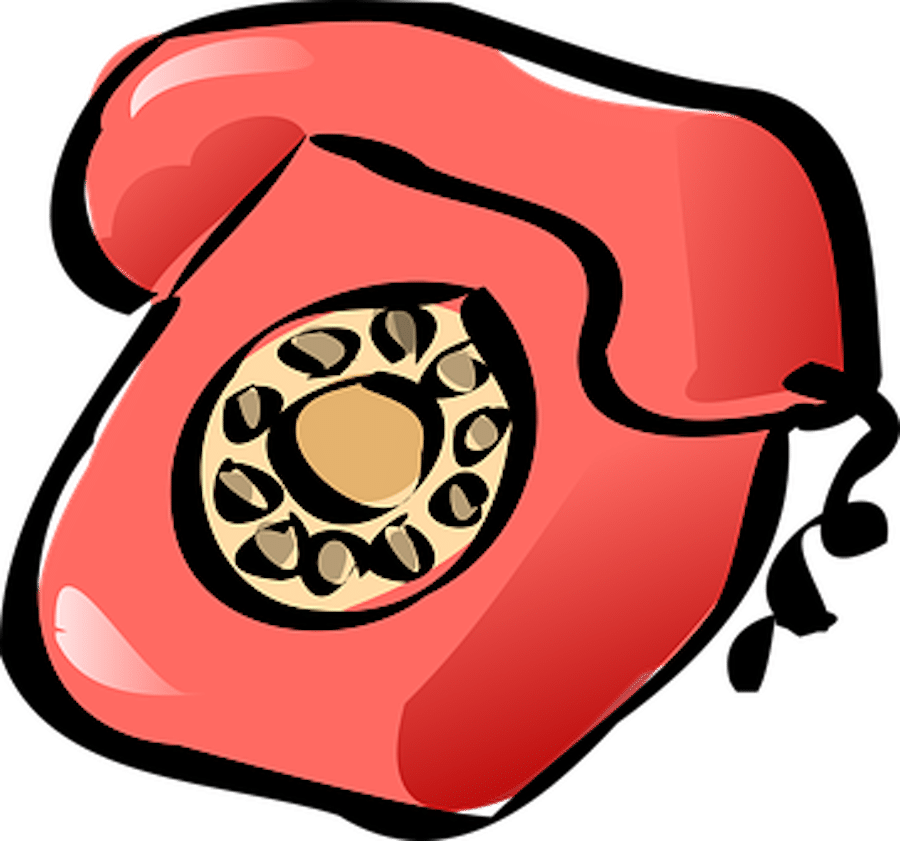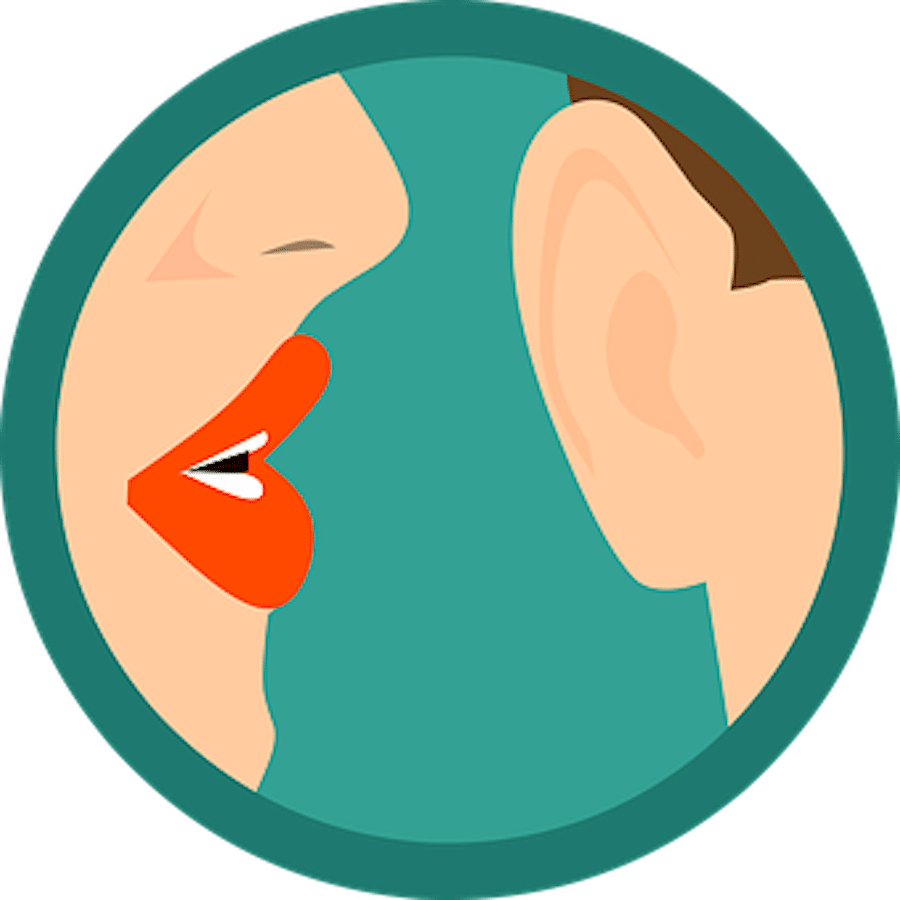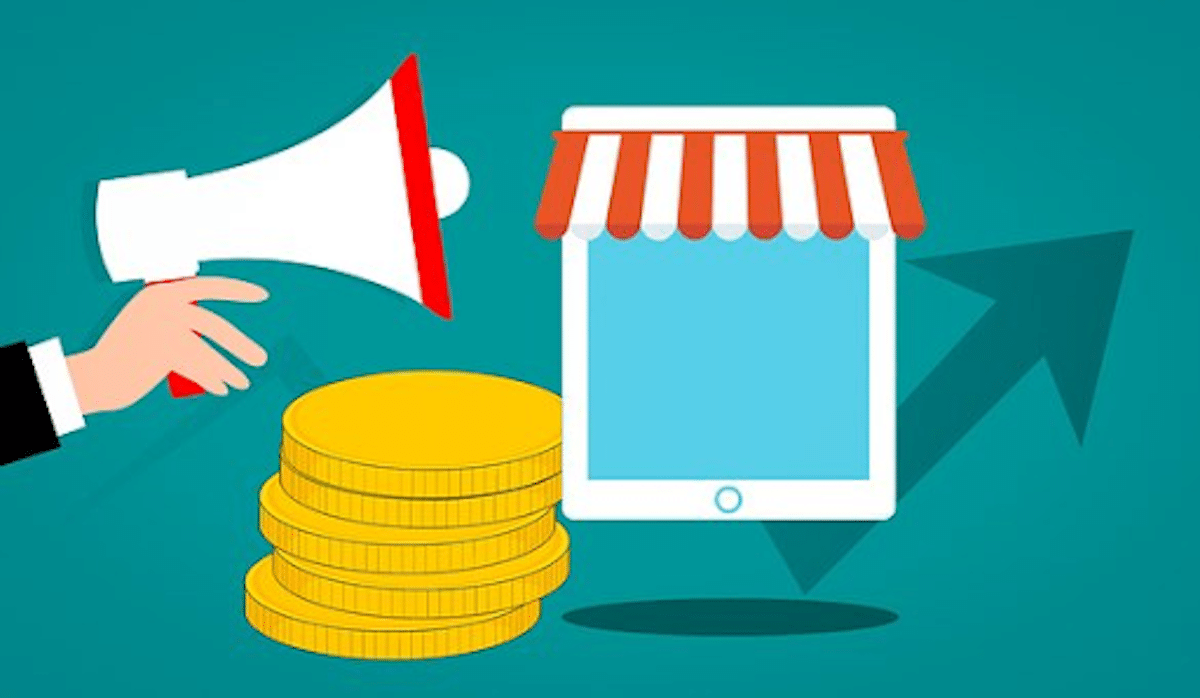Table of Contents
There are many nice things you can do for your business, but driving sales is about the very best. With numbers steadily increasing, you can stay afloat, retain employees, and keep shareholders happy. One wrong notion businesses have is that creating an online presence will bring in customers.
Well, that’s not how things work. Research by Ahrefs shows that up to 90 percent of web pages receive zero traffic from Google. It’s not a mere online presence that matters but the strategies you put in place.
Driving sales is the total sum of well-thought-out digital marketing techniques that maximise visibility and showcase your offerings in the best possible light. We will explore some of these strategies below.
Use Paid Ads
Reaching potential buyers organically is getting tougher by the day. Every other business is doing it, which makes reaching audiences all the harder.
If you want to rise above the din and maximize reach, consider using paid ads. Paid ads involve bidding for ad space on search engines (like Google or Bing) or on social platforms like Facebook, LinkedIn, etc.
Winning the auction allows you to showcase your ads to a defined audience. It boosts awareness and increases the likelihood of interesting audiences in your solutions.
Here are tips to help you along:
- Start by identifying your target audience. Create buyer personas, know their pain points, and why they would be interested in your solutions.
- Determine your budget. Look at your preferred platform, its advertising rates, and the percentage of target audiences using the platform. What is the typical ROI for the dollars you’re about to spend?
- Choose a format. There are two main formats to choose from—display ads and text-focused ads. If your business involves visual appeal like say an office furniture maker, then display ads may be a good choice
- Create the ad’s copy. Your ad’s success highly depends on the copy. Make it appealing and share enough information to compel viewers to click. The info may include who you are, consumer pain points, why your solutions work, and the action your viewers should take.
- Target high-intent keywords to ensure your ad reaches ideal audiences. Research the phrases customers use to refer to your solutions or how they work.

Develop Your Competitive Edge
Your edge differentiates you from the competition. It can be low pricing, proximity, excellent customer experiences, or highly valuable solutions. The bottom line is that it brings customers back for more.
Establishing your competitive advantage is important to driving both quality leads and sales.
How do you do it?
- Create content backed by your own research. Conduct research, collect and analyze your own data, then package the results in interesting article pieces. Not only does it help build authority, but when other sites quote your findings, it builds your credibility.
- Become an influencer. Talk about consumer pain points, trends, speak at industry events, and share your expertise. The more people hear from you, the more respect they will have for your company. They will turn to you for solutions.
- Provide delightful customer experiences. Get all teams onboard to ensure every point of contact with prospects and customers is seamless. Use technology to automate processes, critically assess your operations to know where prospects get stuck or leave. Run polls, ask customers for feedback, and use it to improve experiences.

Cold Calling
While most digital marketing techniques are indirect forms of marketing, the cold calling strategy provides opportunities for real-time communication between you and the prospect.
When you get your prospect on the phone, you make human connections and build relationships with your customer. You can learn more about a prospect’s needs through the call than through other methods, and feedback is immediate.
Best practices include:
- Set your sights on learning. Research your prospects beforehand. Learn their industry, their motivations, challenges, and buying patterns. Do they have existing solutions? How are those solutions working out for them? Can you offer better? In what way?
- Work on your script. Figure out the areas most prospects shut you down and rewrite those sections. Keep at it till you stop being rejected.
- Use objections to your advantage. Mostly, objections are points of misformation. If you can shed light on these grey areas, you may win over your prospects. Turn objections to questions, and answer them honestly.
- Ask for your goal. It’s unlikely that the B2B prospect is going to buy on the first call. Rather than pressing them in that direction, seek to help them through their purchase process. Let the conversation flow towards your goal, which at this point may be setting up a meeting, a demo, or another call.

Leverage Referrals
One of the key aspects of the referral strategy is trust—people prefer dealing with brands they can trust. So, when a former or existing customer puts in a good word for you, it helps build credibility and gets the conversation started. Not only does a referral program lower customer acquisition costs, but it also helps improve conversion rates.
Studies revealed that companies with referrals experience higher conversion rates of up to 70 percent. When a customer recommends a vendor, they put their reputation on the line, adding weight to the issue.
Here are tips for building a workable referral program:
- Build a referral-worthy brand. Happy customers recommend solutions, and unhappy ones do the opposite. Start by delighting existing customers. Gather feedback and continuously improve your offerings.
- Nurture customer relationships. B2B relationships are like a marathon. Take time to engage and provide support at every stage. Do they need help using your solutions? Are there resources you can share to help them extract more value? Continuous engagement builds your relationship, which will make asking for referrals less awkward.
- Decide which customers you can ask for referrals from. Look at loyal customers (like repeat purchasers), high-value customers, and those with whom you share a closer bond. They know the value you provide and are more likely to tell others.
- Think about the rewards. You can go for cash or non-cash rewards. The latter offers more variety and may be more practical for your B2B customers. You can offer free shipping, upgrades, discounts on the next purchase, or vouchers.

Video Marketing
The versatility and accessibility of video make this strategy an ideal communication medium. It comprises attention-grabbing elements like moving images, real-life demonstrations, and animation, which makes it easier to understand and perfect for driving sales.
Here are video formats that may help boost sales:
- Explainer videos: these are short videos that let website visitors know who you are, what you do, and how it serves customer needs.
- Product videos: a video that shows a product in action and talks about its ins and outs, helps potential customers understand it better. Better understanding increases the likelihood of purchase. A product story that talks about how the product came to be can also entice buyers.
- Seasonal promotion videos: events and holiday seasons are excellent times to run special promotions. From discounted pricing to gift wraps, and free shipping, video can help get the word out.
- Product or new feature launch: If you’re launching a new product or adding extra features to an existing product, these videos are perfect for spreading the word.


